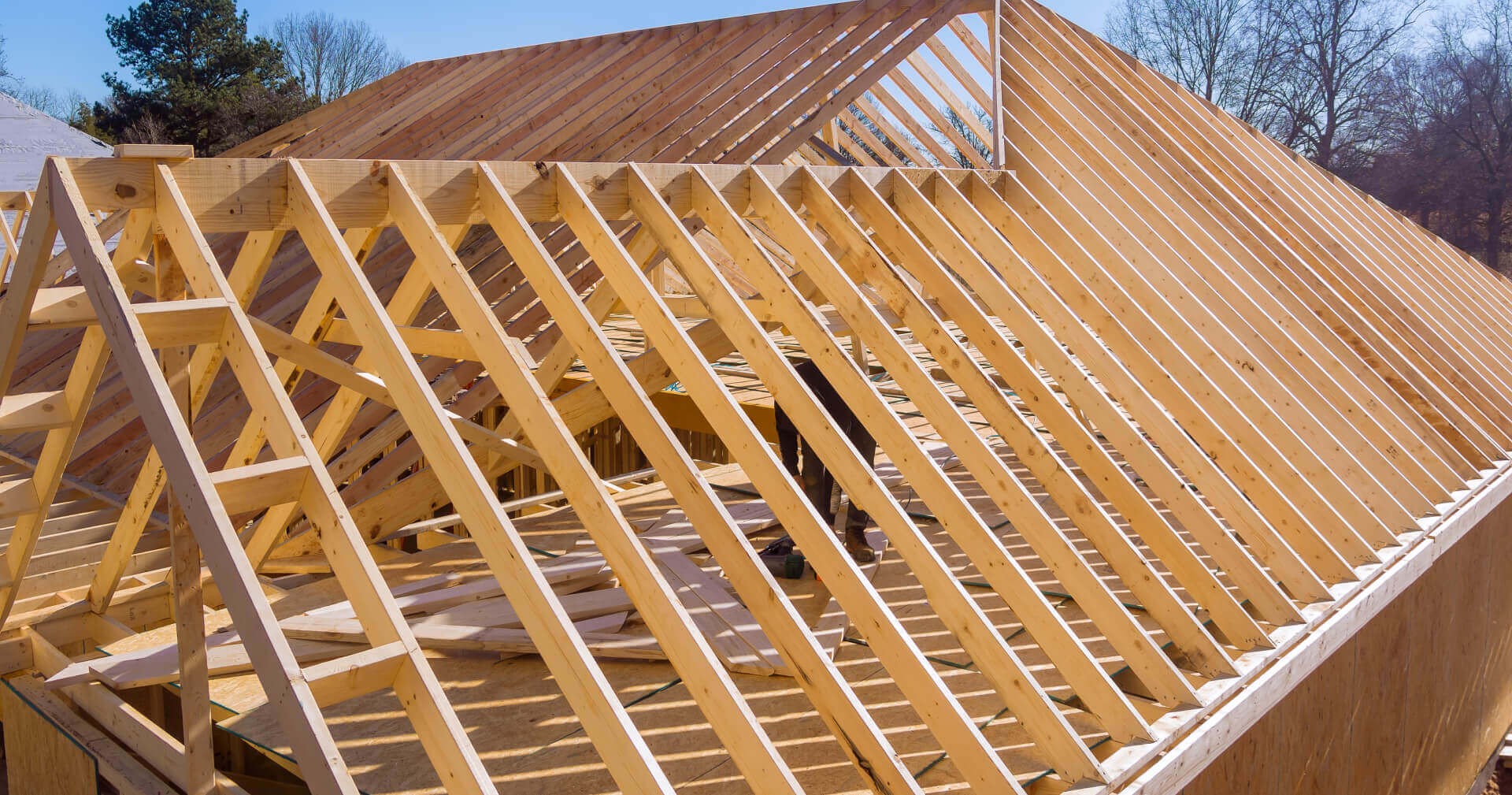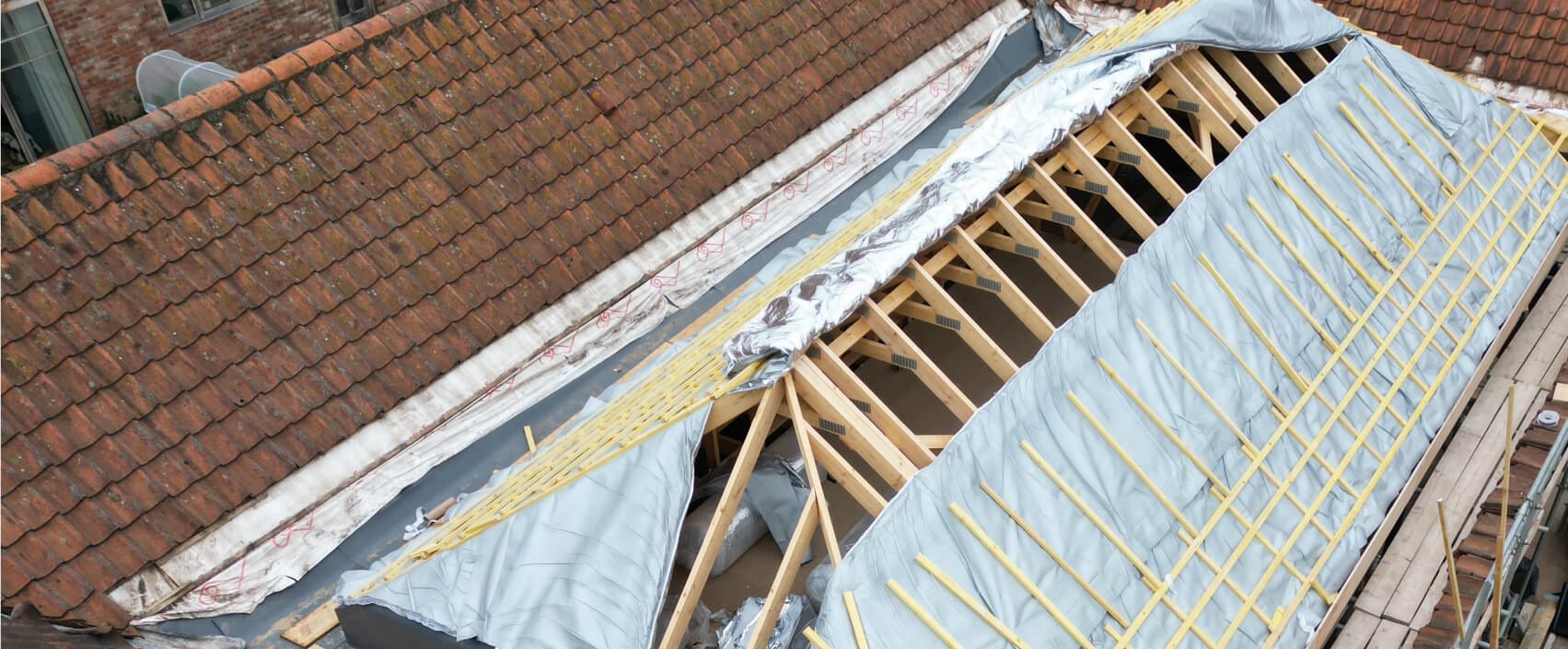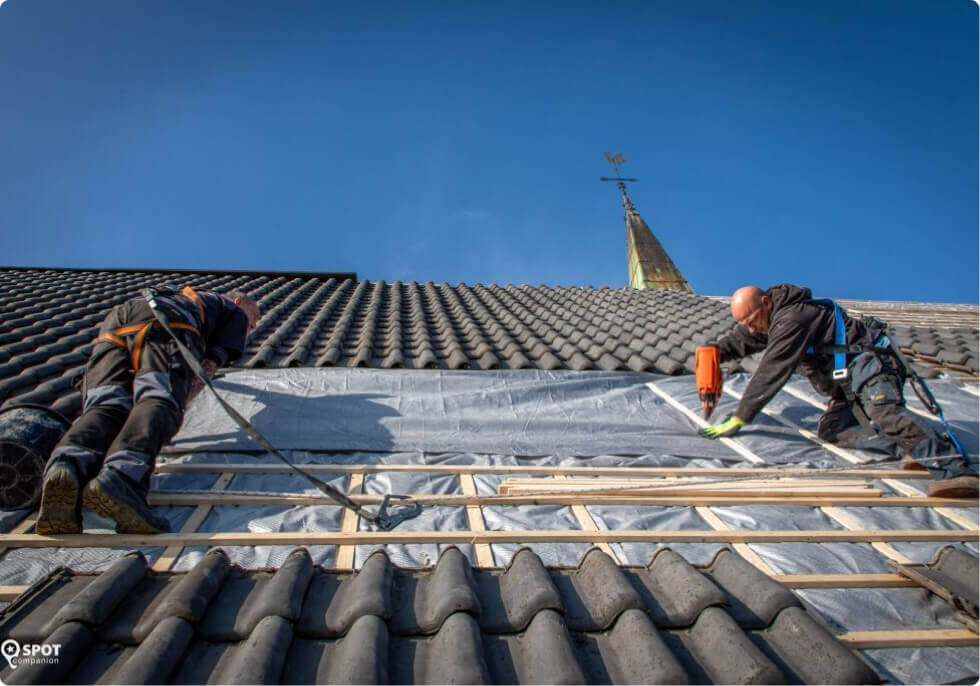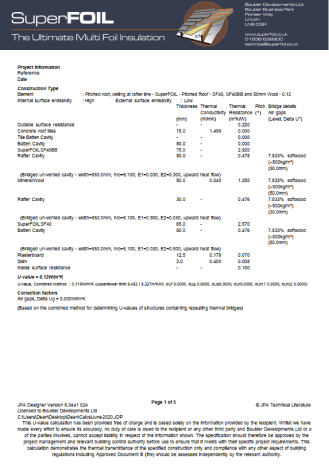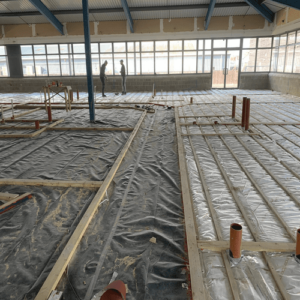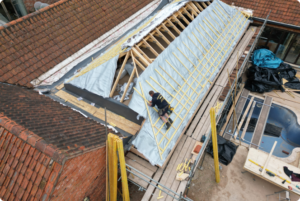Extend your knowledge and
skills by enrolling in our CPD courses.
SELECT VARIABLE
| Country | Application | New Build (W/m2K) | Extension (W/m2K) | Refurbishment (W/m2K) |
|---|---|---|---|---|
| England | Flat Roof | 0.11 | 0.15 | 0.16 |
| England | Pitched Roof (Rafter level) | 0.11 | 0.15 | 0.16 |
| England | Pitched Roof (Ceiling level) | 0.11 | 0.15 | 0.16 |
| England | Wall | 0.18 | 0.15 | 0.30 * |
| England | Floor | 0.13 | 0.18 | 0.25 |
| Scotland | Flat Roof | 0.11 | 0.15 | 0.16 |
| Scotland | Pitched Roof (Rafter level) | 0.11 | 0.15 | 0.16 |
| Scotland | Pitched Roof (Ceiling level) | 0.11 | 0.15 | 0.16 |
| Scotland | Wall | 0.17 | 0.18 | 0.30* |
| Scotland | Floor | 0.13 | 0.18 | 0.25 |
| Wales | Flat Roof | 0.11 | 0.15 | 0.16 |
| Wales | Pitched Roof (Rafter level) | 0.11 | 0.15 | 0.16 |
| Wales | Pitched Roof (Ceiling level) | 0.11 | 0.15 | 0.16 |
| Wales | Wall | 0.18 | 0.18 | 0.30* |
| Wales | Floor | 0.13 | 0.18 | 0.25 |
| Northern Ireland | Flat Roof | 0.11 | 0.15 | 0.16 |
| Northern Ireland | Pitched Roof (Rafter level) | 0.11 | 0.15 | 0.16 |
| Northern Ireland | Pitched Roof (Ceiling level) | 0.11 | 0.15 | 0.16 |
| Northern Ireland | Wall | 0.17 | 0.18 | 0.30* |
| Northern Ireland | Floor | 0.13 | 0.18 | 0.25 |
*Where insulation is installed externally or internally
| Country | Application | New Build (W/m2K) | Extension (W/m2K) | Refurbishment (W/m2K) |
|---|---|---|---|---|
| England | Flat Roof | 0.18 | 0.18 | 0.18 |
| England | Pitched Roof (Rafter level) | 0.16 | 0.16 | 0.18 |
| England | Pitched Roof (Ceiling level) | 0.16 | 0.16 | 0.16 |
| England | Wall | 0.26 | 0.26 | 0.30* |
| England | Floor | 0.18 | 0.18 | 0.25 |
| Scotland | Flat Roof | 0.18 | 0.18 | 0.15 |
| Scotland | Pitched Roof (Rafter level) | 0.16 | 0.16 | 0.18 |
| Scotland | Pitched Roof (Ceiling level) | 0.16 | 0.16 | 0.16 |
| Scotland | Wall | 0.26 | 0.26 | 0.30* |
| Scotland | Floor | 0.18 | 0.18 | 0.25 |
| Wales | Flat Roof | 0.18 | 0.18 | 0.18 |
| Wales | Pitched Roof (Rafter level) | 0.16 | 0.16 | 0.18 |
| Wales | Pitched Roof (Ceiling level) | 0.16 | 0.16 | 0.16 |
| Wales | Wall | 0.26 | 0.26 | 0.30* |
| Wales | Floor | 0.18 | 0.18 | 0.25 |
| Northern Ireland | Flat Roof | 0.11 | 0.15 | 0.16 |
| Northern Ireland | Pitched Roof (Rafter level) | 0.11 | 0.15 | 0.16 |
| Northern Ireland | Pitched Roof (Ceiling level) | 0.11 | 0.15 | 0.16 |
| Northern Ireland | Wall | 0.17 | 0.18 | 0.30* |
| Northern Ireland | Floor | 0.13 | 0.18 | 0.25 |
*Where insulation is installed externally or internally
